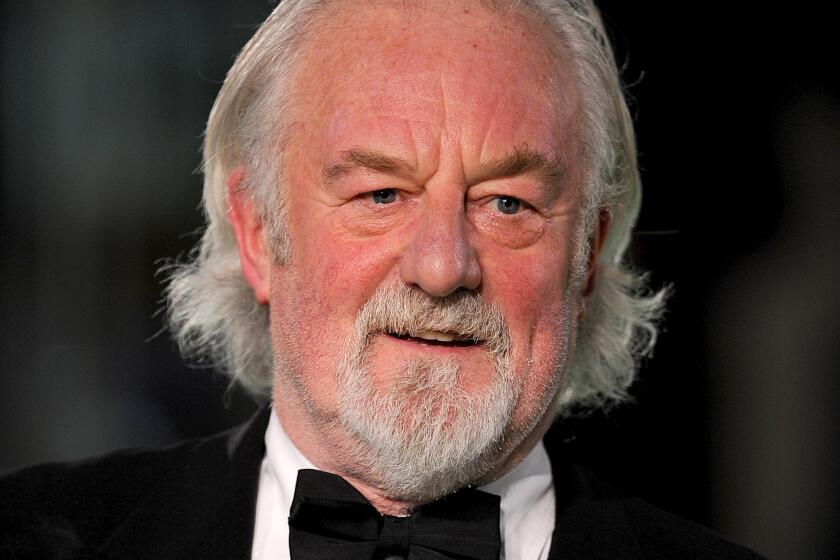Prime time anytime
TWO OF THE NATION’S MOST popular TV networks stuck their toes into the 21st century this week. CBS announced plans Monday to make some prime-time shows available through Comcast’s video-on-demand system, enabling Comcast cable subscribers to watch freshly aired episodes for about $1 each.
The same day, NBC announced that it would make a similar offering through DirecTV’s competing video-on-demand service.
On-demand services represent a revolutionary shift in control from network executives to couch potatoes. Instead of having to watch a show at a particular time, viewers can tune in at their convenience. That’s what they’re starting to do anyway, using digital video recorders to build their own programming lineups -- with no fees paid to the networks.
The networks would like to find a way to make money from video on demand, but it’s a poor fit with their well-established business models. The stations and syndicators that air their shows rely on advertisers to foot the bills. Advertisers pay more for bigger audiences, so stations limit the time slots for a given show. If you want to see the latest episode of “The Office,” you’ll have to tune in Tuesday at 9:30 p.m.
Faced with this conflict, CBS and NBC took baby steps. In NBC’s case, the only programs involved are those produced by its in-house TV studio. For CBS, it’s just four popular prime-time shows.
Most programs from the two networks will be available on demand only until the next new episode airs, and for only 24 hours after they are ordered. CBS is leaving the commercials in its on-demand shows, and it’s making them available only in cities where the network owns the local CBS station.
The NBC deal with DirecTV requires viewers to use a new digital video recorder that costs $6 per month. And with a little effort, DirecTV subscribers could program the box to make free recordings of all NBC shows. In effect, the $1 fee is just a penalty for forgetting to record the program yourself.
Nevertheless, the deals mark a breakthrough for the networks. Introduced by cable operators more than five years ago, video-on-demand services have for the most part allowed people to order movies or shows from cable programmers such as HBO or Discovery. With Disney selling downloadable versions of ABC’s two most popular shows for Apple’s iPod, the major broadcast networks are finally getting their first taste of the on-demand technologies that promise to transform the TV industry.
The biggest challenge for networks these days may be the increasingly fragmented audience for entertainment. Although American viewers are watching a record number of hours of TV, the audience for the major broadcast networks has shrunk significantly in the face of competition from cable networks, movie rentals, the Internet, video games and other pursuits. The networks need to chase viewers, not just wait for them to show up on Tuesdays at 9:30 p.m. Like Disney’s deal with Apple, the CBS and NBC moves are small steps in the right direction.
As analyst Josh Bernoff of Forrester Research put it, “Today is the beginning of the end of the television schedule.”
More to Read
The biggest entertainment stories
Get our big stories about Hollywood, film, television, music, arts, culture and more right in your inbox as soon as they publish.
You may occasionally receive promotional content from the Los Angeles Times.






